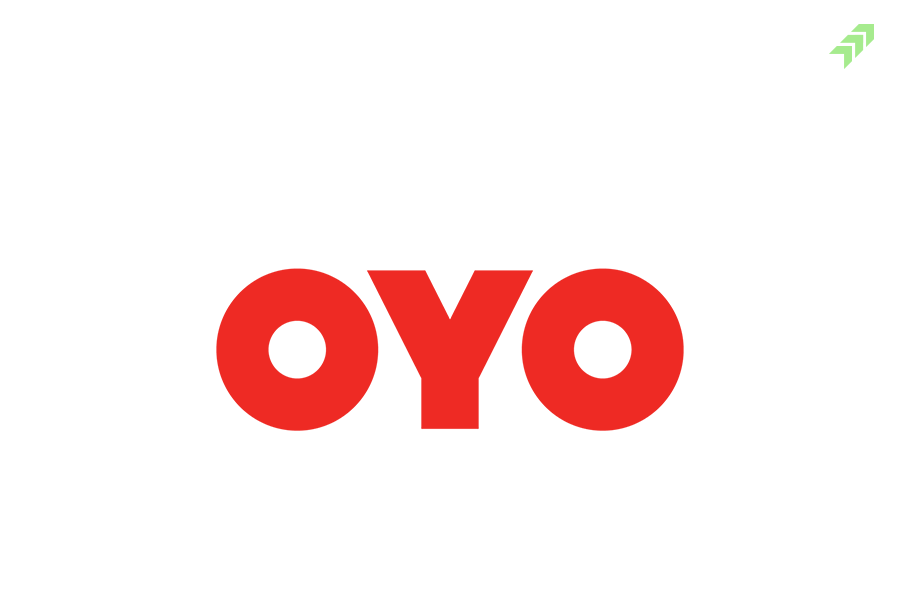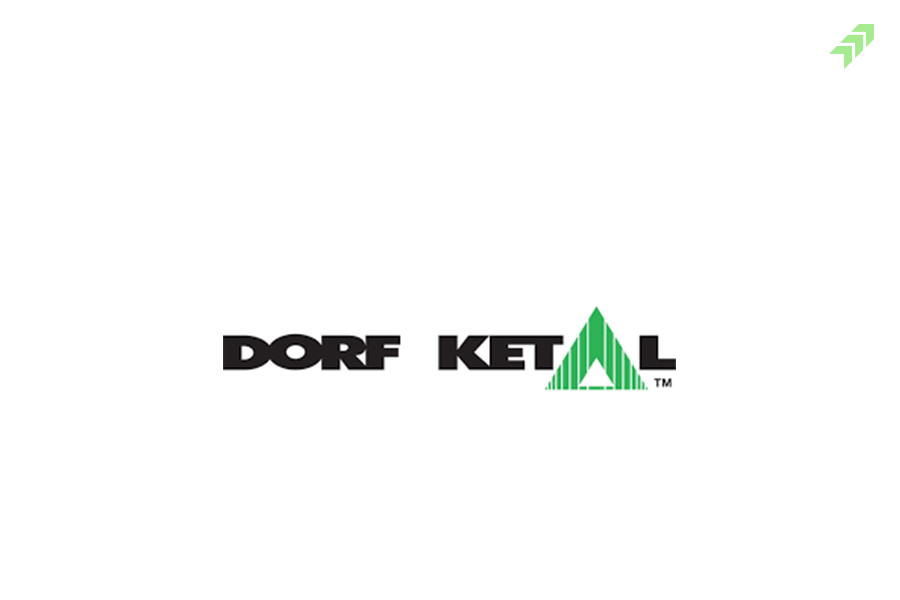Business Profile of Oravel Stays Limited (OYO)
Oravel Stays Limited is a leading new-age technology platform working in the large global hospitality sector. Oravel Limited started in 2012 and later rebranded as the OYO Hotels serving in the hospitality segment with a plan to provide affordable & better experiences to their guest. The company focused on reshaping the short-stay accommodation space since its incorporation in 2012 and has developed a unique aggregator and franchise model to offer a variety of accommodations. It helps the company transform fragmented, unbranded, and underutilized hospitality assets into branded, digitally-enabled storefronts with higher revenue generation potential. As of March 31, 2021, Oyo had 157,344 storefronts across more than 35 countries listed on their platform. It has the largest footprint in terms of hotel storefronts in the Indian market and the second largest in Europe in terms of home storefronts. In the past decade, Oyo has successfully extended its business in offshore markets like Europe, the USA, Southeast Asia, and Japan.
IPO Objective of Oravel Stays Limited (OYO)
As per the draft red hearing prospects, the IPO issue consists fresh issue and offer for sale. The fresh issue consists of XXXX shares at the face value of ₨ 1.00 each aggregating up to ₨70000.00 millions and OFS consists XXXX shares at face value of ₨ 1.00 each aggregating up to ₨14300.00 millions. There are fresh shares issues and OFS by company and main objective of company for listing is debt repayment, growth & expansion and general purpose.
IPO Details of Oravel Stays Limited (OYO)
| IPO Open Date | N.A. |
| IPO Close Date | N.A. |
| Basis of Allotment | N.A. |
| Listing Date | N.A. |
| Face Value | ₹1.00 per share |
| Price | N.A. |
| Lot Size | N.A. |
| Total Issue Size | Up to XXXX Equity Shares |
| Aggregating up to ₹ 84300.00 million | |
| Fresh Issue | Up to XXXX Equity Shares |
| Aggregating up to ₹70000.00 million | |
| Offer For Sale | Up to XXXX Equity Shares |
| Aggregating up to ₹ 14300.00 million | |
| Issue Type | Book Built Issue IPO |
| Listing At | BSE & NSE |
| QIB Shares Offered | Not more than 50% of the Net Issue |
| Retail Shares Offered | Not more than 35% of the Net Issue |
| NII (HNI) Shares Offered | Not less than 15% of the Net Issue |
Issue Price & Size of OYO
The issue price of Oravel Stays Limited hasn’t been released yet. Upon releasing the dates, the investors can bid between those price ranges. The company has fresh issue and OFS aggregating up to ₹84300.00 million at the price of ₨XXXX.
Launch Date of Oravel Stays Limited IPO
The IPO opening date of Oravel Stays Limited hasn’t been officially announced yet, upon the declaration of dates investor can bid for IPO.
Financial Statements of Oravel Stays Limited (OYO)
| Particulars | Ended 30 Sept, 2022 | Ended 30 Sept, 2021 | FY 31 Mar, 2022 | FY 31 Mar, 2021 | FY 31 Mar, 2020 |
| Continuing operations | |||||
| Income | |||||
| Revenue from contracts with customers | 29,046.21 | 23,360.32 | 47,813.62 | 39,616.49 | 131,681.52 |
| Other income | 521.75 | 1,007.90 | 1.238.52 | 1.957.37 | 2.451.16 |
| Total income ( I ) | 29,567.96 | 24,368.22 | 49,052.14 | 41,573.86 | 134,132.68 |
| Expenses | |||||
| Operating expenses | 17.068.13 | 13,842.91 | 28,738.22 | 27,727.03 | 97.377.77 |
| Employee benefits expense | 8,989.76 | 8,557.05 | 18,617.78 | 17,421.21 | 47.652.89 |
| Finance cost | 2,988.52 | 3,668.19 | 7,439.49 | 5,609.34 | 7,419.24 |
| Depreciation and amortization expense | 1,313.55 | 1,380.65 | 2.988.341 | 3,918.05 | 27.281.67 |
| Other expenses | 5.941.51 | 5,882.71 | 12.056.47 | 14,695.04 | 48.277.32 |
| Total expenses (II) | 36,301.47 | 33.331.51 | 69,840.30 | 69,370.67 | 228,008.89 |
| Restated loss before share of profit/loss in joint ventures , exceptional items and tax from continuing operations (I-II) |
(6,733.51) | (8,963.29) | (20,788.16) | (27,796.81 ) | (93,876.21 ) |
| Restared Share of profit/loss after tax in joint ventures (net) | 115.22 | (257.93) | ( 107.12 ) | (2,549.41) | ( 910.51 ) |
| Restated loss before exceptional items and tax from continuing operations | (6,618.29) | (9,221.22) | (20,895.28 ) | (30,346.22 ) | (94,786.72 ) |
| Exceptional items | 862.40 | 195.18 | 276.06 | 10.010.90 | 16.439.30 |
| Restated loss before tax from continuing operations | (7,480.69) | (9,416.40) | (21,171.34) | (40,357.12) | (111,226.02) |
| Tax expense : | |||||
| Current tax | 191.50 | 272.88 | 568.58 | 462.84 | 54.43 |
| Deferred tax | (200.83) | (90.35) | (340.91) | 212.76 | (474.88) |
| Income tax income/ expense | (9.33) | 182.53 | 227.67 | 675.60 | (420.45) |
| Restated loss for the period / year from continuing operations | (7,471.36) | (9,598.93) | (21,399.1) | (41,032.72 ) | (110,805.57) |
| Discontinued operations | |||||
| Restated profit /loss before tax for the period/year from discontinued operations | - | 1,588.79 | 2,000.99 | 1,584.36 | (20,429.89) |
| Tax expense of discontinued operations | - | - | - | - | - |
| Restated profit /loss for the period/year from discontinued operations | - | 1,588.79 | 2,000.99 | 1,584.36 | (20.429.89) |
| Restated loss for the period / year | (7,471.36) | (8,010.14) | (19,398.02) | (39,448.36 ) | (131,235.46 ) |
Key Financial Ratios of OYO
| Particulars | Ended 30 Sept, 2022 | Ended 30 Sept, 2021 | FY 31 Mar, 2022 | FY 31 Mar, 2021 | FY 31 Mar, 2020 |
| Revenue from contracts with customers (₹ Cr) | 29,046.21 | 23,360.32 | 47,813.62 | 39,616.49 | 1,31,681.52 |
| Operating expenses (₹ Cr) | 17,068.13 | 13,842.91 | 28,738.22 | 27,727.03 | 97,377.77 |
| Total expenses (₹ Cr) | 36,301.47 | 33,331.51 | 69,840.30 | 69,370.67 | 2,28,008.89 |
| Restated loss for the period / year (₹ Cr) | -7,471.36 | -9,598.93 | -19,398.02 | -39,448.36 | -1,31,235.46 |
| Gross Profit Margin (%) | 41.10% | 40.90% | 39.80% | 30.10% | 26.10% |
| Operating Profit Margin (%) | -23.20% | -27.80% | -43.40% | -50.60% | -73.90% |
| Net Profit Margin (%) | -25.70% | -41.10% | -40.60% | -99.70% | -99.90% |
| Expense to Revenue Ratio (%) | 125.20% | 142.70% | 146.10% | 175.20% | 173.20% |
Promoters & Shareholding of OYO
As of date, according to the DRHP filed with SEBI promoters and promoter group have 85.04% shareholding in company.
| Particulars | No. of shares | Percentage of holding |
| Ritesh Agarwal | 522,160,000 | 39.33 % |
| RA Hospitality Holdings ( Cayman ) | 583,400,000 | 43.95 % |
| SVF India Holdings ( Cayman ) Limited | 23,360,000 | 1.76 % |

Should You Subscribe To OYO IPO Or Not?
While investing or subscribing to any IPO, consider the investment rationales related to the company. Hence, here you can find out the strength of the company that will be its growth factors. And also check the risk factors that can affect the growth and operational efficiency of the company.
Competitive Strengths of Oravel Stays Limited (OYO):
Direct-to-customer model
The company generates most of its demand through its D2C (Direct to customer) channels, which help the company to reduce its dependency on third-party platforms. In the fiscal year of 2020, almost 90.9% of bookings came through the OYO D2C platform whereas globally it was 74.5%. It shows the efficiency of the company platform in the global and domestic markets which help in increasing more customer occupancy rate.
Leadership and Scale in Market
OYO is one of the largest hotel chains in the world and has significant brand recognition in the global and domestic markets. As of March 31, 2021, OYO had 157,344 storefronts in more than 35+ countries. This scale of the company provides more choices for customers, strengthens partnerships with OTAs, and increases engagement, which helps boost revenue for its patrons. The company has built a reputation for providing affordable and budget-friendly accommodations.
Strong Partnership
The company has formed strong partnerships with travel platforms, corporate clients, and airlines which help the company to attract a wide variety of customers, enabling it to increase in revenue and profit margin. Along with it, OYO has attracted significant investments from major investors like Sequoia Capital, Lightspeed Ventures, well-known SoftBank, and others. These strategic and collaborative partnerships of the company provide backend financial support and future growth of the business.
Assets light business model
The company follows a capital-efficient model without owning any of its storefronts. In this company operates on an assets-light model which company does not have most of the properties but partners with hotel owners. It helps the company to rapidly scale and growth in business without requiring heavy capital expenditure. In fiscal 2020 contribution profit was 5.1% which increased to 18.4% in fiscal 2021 due to its better unit economics.
Risk Factors of Oravel Stays Limited (OYO):
Profitability challenge
Despite rapid growth in business, OYO has incurred losses every year since incorporation and struggles with consistent profitability. The company losses in fiscal 2019, 2020, and 2021 were ₨2,364.5, ₨13,122.8, and ₨ 3,943.8 cr respectively. The cash flow of the company was affected by its large operational costs, marketing expenses, and investment in technology while cost-cutting measures like salary reductions and renegotiations helped minimize its loss. The poor cash flow can lead to liquidity issues for the company.
Expansion & Slow growth issue
Expansion plans of business depend on factors like competition, market condition, brand reputation, and technology investment. The company revenue dropped 69% from fiscal 2020 to 2021 due to the impact of COVID-19 which affected the financial condition of the company adversely. If OYO fails to sustain growth rates and manage costs, it may create problems for the company in profitability.
Continuous Innovation requirement
In today's era of the hospitality industry continuous need for innovation is required that’s why OYO must constantly upgrade its platform to stay ahead in competition with its rivals. Innovation requires high capital expenditure and carries operational risks, as unsuccessful updates can negatively affect user experience and trust. Failure to introduce new technology or upgrade service in accordance with the industry could lead to a loss in customers & patron.
Retention issues & High refund costs
OYO business operations rely on retaining patrons (Hotel partners) and customers. If the company fails to maintain competitive prices, high quality, and user-friendly experiences, it may cause a fall in repeat customers and bookings. Any disputes over contract negations and payment issues could lead to leave patrons from the company platform. The higher cancellation & refund costs were affected by COVID-19 because it led to more refunds and travel credits which could further weaken company revenue.
Oravel Stays Limited Grey Market Premium
Grey market premium is the premium quoted over the IPO issue price. GMP shows that investors are ready to pay above the upper band of the IPO issue price. GMP is determined in the grey market as per the demand and supply of the shares in the primary market. A grey market is that unofficial ecosystem of unlisted companies' stocks that start trading even before the launch of the IPO to the date of its listing.
Also Read: What is Grey Market Premium in IPO: How is GMP Calculated & Reliable
However, GMP is not a reliable factor, as it keeps fluctuating as per the demand and supply of shares in the primary market. There are numerous factors that affect the stock market in India and individual stock prices of different companies that are already listed and trading in the secondary market. However, for an IPO-bounded company, you can consider the GMP as the speculative listing price of the share
According to various online sources, the Grey Market Premium or GMP of the Oravel Stays Limited is trading around Rs XX in the grey market. It means shares are trading at the upper band issue price of Rs XX with a premium in the grey market and may list around the same price.

















